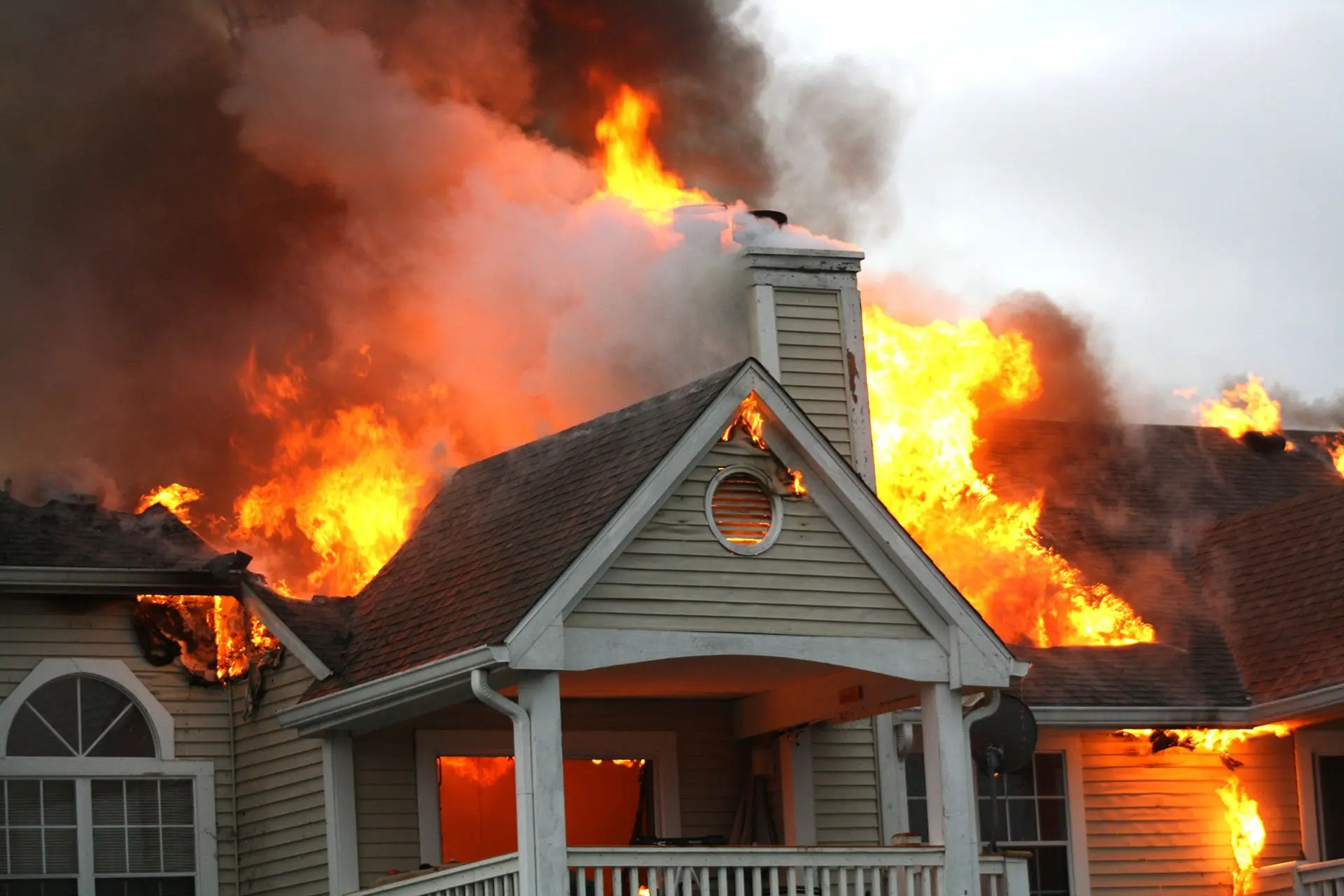Introduction
The aftermath of a fire can be overwhelming, especially when structural difficulties are present. Emergency fire damage repair services are critical to restoring buildings’ safety and habitability. Addressing structural damage is critical for restoring a building’s integrity and ensuring its long-term viability.
Understanding Fire Damage and Structural Integrity
Types of Fire Damage
Fire damage can range in intensity, from little smoke damage to complete destruction. Heat, flames, and smoke can inflict both surface and severe damage, affecting walls, ceilings, and support systems.
Common Structural Risks After a Fire
Following a fire, buildings are frequently left with unstable beams, vulnerable walls, and damaged floors. Structural dangers include the possibility of collapse, exposure to poisonous gasses, and places prone to additional weather or environmental damage.
Key Steps in Handling Structural Issues After Fire Damage
Initial Assessment and Inspection
Before any work can begin, fire damage restoration professionals conduct a thorough examination to determine the scope of structural issues.
- Safety Checks: The location is inspected for dangers, and any possible threats to workers are recognized.
- Structural Damage Analysis: The amount of the damage is determined by analyzing walls, floors, beams, and other fundamental structural elements.
Stabilizing the Structure
The next stage after the initial inspection is to stabilize the structure to prevent future damage or collapse.
- Temporary Supports: Temporary supports, such as shoring beams or braces, are used to reinforce weakened sections.
- Preventing Further Collapse: Barriers or protective measures are employed to secure unstable areas of a structure.
Also Read: The Ultimate Guide to Finding an Emergency Plumber
Advanced Structural Assessment Techniques
Infrared Scanning
Infrared scanning detects areas that are not visible to the naked eye, such as concealed heat spots or structural vulnerabilities.
Moisture Mapping
Moisture mapping detects pockets of retained water, which might cause additional deterioration of the building.
Thermal Imaging
Thermal imaging detects hotspots or compromised regions that require immediate repair.
Common Repairs for Fire-Damaged Structures
Wall and Beam Repairs
Damaged walls and beams are reinforced, repaired, or rebuilt as needed to ensure the structure’s integrity.
Floor Stabilization
Floors that have been compromised by heat or moisture are repaired so that they can bear weight safely again.
Roof Reinforcement
If the roof has been damaged, it is either replaced or fortified to prevent more problems.
How Fire Damage Repair Services Ensure Safety
Hazardous Material Removal
Fire damage frequently releases hazardous chemicals and materials, which must be securely removed to safeguard the occupants.
Air Quality Testing
Testing the air for harmful chemicals or leftover smoke particles ensures that the location is safe to re-occupy.
Safe Clearance Procedures
Once hazardous items have been removed, the location goes through a clearance process to ensure its safety.
Repairing vs. Rebuilding: When to Choose Each Option
Choosing between repair and rebuild depends on a number of criteria, including the amount of the damage and the available budget.
Factors Influencing the Decision
Repairing is normally less expensive, but if structural integrity is severely weakened, rebuilding may be required.
Costs and Timelines
Rebuilding might be more expensive and time-consuming, therefore expenses and schedule must be considered.
The Role of Insurance in Structural Repair
Working with Insurance Companies
Emergency fire damage repair services collaborate with insurance adjusters to help clients obtain adequate coverage for repairs.
Documenting Damage for Claims
A thorough documentation of the damage is required for successful insurance claims.
Tools and Technology Used in Structural Repairs
Structural Shoring Equipment
Shoring equipment serves to stabilize structures, making it necessary in the early stages of repair.
Laser Measuring Tools
Laser tools offer precise measurements, which are essential for proper repair plans.
Heavy Machinery
Cranes and loaders help move materials and reinforce hefty beams.
Regulations and Codes for Fire Damage Repairs
Local Building Codes
All repairs must follow local laws and regulations to guarantee structural safety and compliance.
Fire Safety Compliance
Repair services ensure that the structure meets fire safety regulations, preventing future problems.
Also Read: Find Trusted Plumbers Who Keep Your Home Safe and Leak-Free
The Timeline of Structural Repairs in Fire Damage Restoration
Expected Duration of Repairs
The timescale for structural repairs is determined by the extent of the damage, the availability of materials, and regulatory requirements.
Factors That May Cause Delays
Unexpected challenges, such as concealed damage or regulatory inspections, may cause the timeline to be extended.
Choosing a Reliable Fire Damage Repair Service
What to Look for in a Service
Experience, certification, and positive feedback are important markers of a reliable repair service.
Certification and Licensing
Choosing qualified and licensed personnel ensures high-quality work and regulatory compliance.
Importance of Experienced Structural Engineers
Role of Engineers in Damage Assessment
Engineers evaluate structural faults and develop repair solutions that exceed safety requirements.
Engineering Safety Protocols
Safety protocols govern the repair process to ensure structural integrity and occupant safety.
Preventative Measures to Avoid Future Structural Issues
Fire-Resistant Building Materials
Using fire-resistant materials in rebuilds helps reduce future fire hazards.
Installing Fire Prevention Systems
Sprinkler systems, smoke detectors, and other safety precautions keep buildings safe from fire dangers.
Conclusion
Structural difficulties caused by fire require specific care and knowledge. Emergency fire damage repair services handle these problems by analyzing, stabilizing, and rebuilding damaged areas, resulting in a safe and long-lasting rebuild. They use innovative technology, industry-standard techniques, and trained specialists to restore properties to a safe state, preserving both lives and investments.










